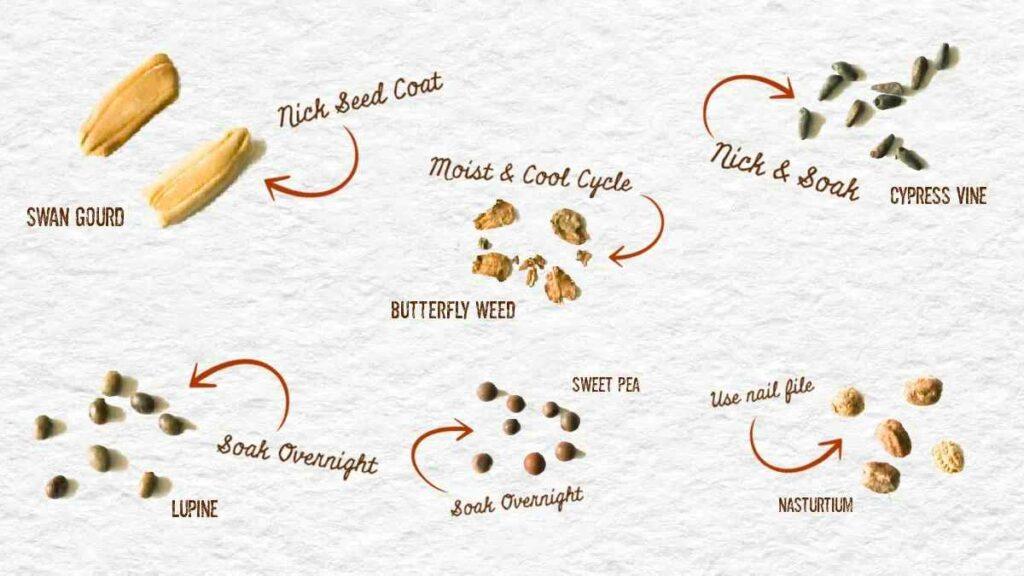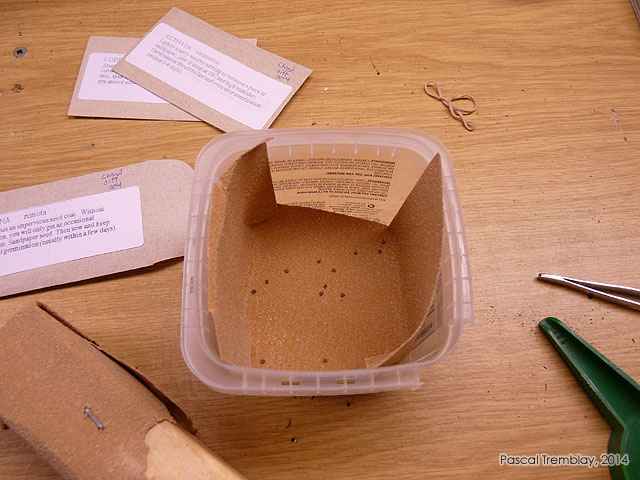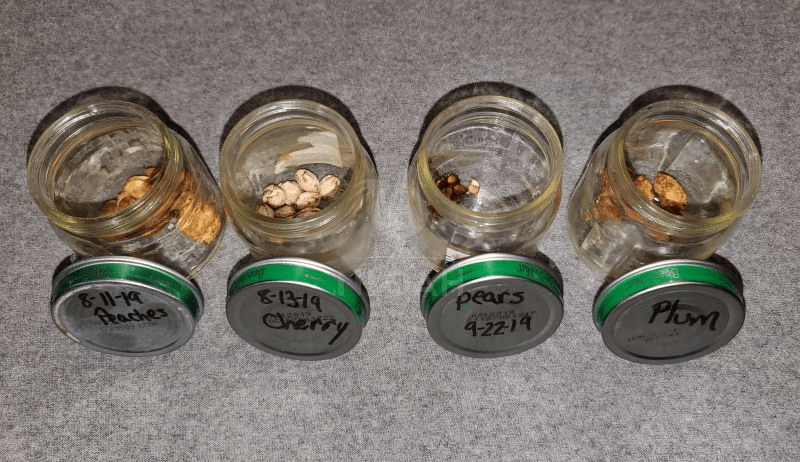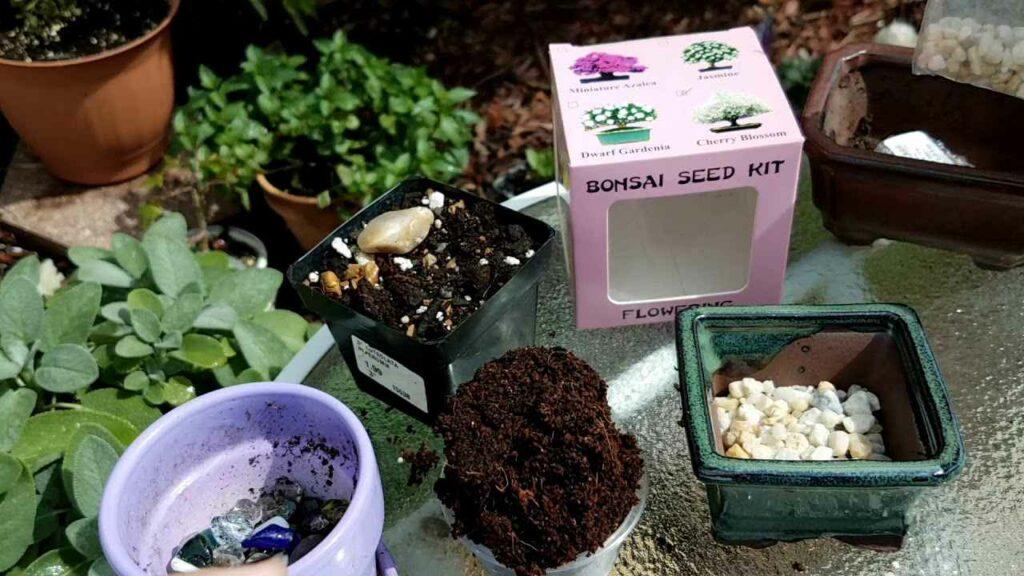Ah, the Sakura, or Cherry Blossom! This iconic flower has mesmerized many with its beauty and symbolism. But how does one go from a mere seed to a thriving sapling? The key lies in understanding scarification and stratification.
Importance of Scarification and Stratification

Ever wonder why some seeds don’t sprout easily? It’s often because nature has equipped them with mechanisms to survive tough conditions. Sakura seeds, for example, come with a hard shell to endure the cold winter. To aid their germination, one must mimic their natural conditions. Enter scarification and stratification.
Scarification Techniques

Before we jump into the world of stratification, let’s tackle the hard outer shell of Sakura seeds. But for those looking to bypass the intricacies yet still relish the joy of growing a Sakura tree, check out our Premium Sakura Seed Starting Kit – your hassle-free gateway to cultivating beautiful Cherry Blossoms!
Using Hydrogen Peroxide
For starters, a quick soak in hydrogen peroxide for about 10 minutes can help weaken this shell and reduce mold. Remember, this method is mild and is best combined with others.
Sandpaper Method
By rubbing the seeds against sandpaper, you wear down the hard exterior, making it easier for moisture to penetrate.

Filing Method
Much like the sandpaper technique, filing can be more aggressive. It gives you better control and can efficiently wear down the shell.
Nicking with Sharp Instruments
A slight nick using a knife or a similar tool can help, but precision is key. One wrong move and you might harm the seed within.
Breaking the Outer Shell
Lastly, using pliers to crack the shell open can be very effective. Though the most aggressive, it guarantees direct access to the inner seed. However, caution is crucial.

With scarification out of the way, we now dive into the cold world of stratification in growing your sakura seed.
Tools and Materials
For this process, gather a zip loc bag, moist kitchen paper, plant labels, 10% hydrogen peroxide solution, a sieve, gardening gloves, tweezers, and of course, your Sakura seeds.
Steps for Successful Stratification
- Gently rinse the Sakura seeds.
- Soak them in the hydrogen peroxide solution for about 10 minutes. This step is optional but helps combat mold.
- Scarify your seeds using one of the above methods.
- Place seeds on moist kitchen paper, then into a zip loc bag. Label and refrigerate them, ensuring they’re not in the freezer.
- Seeds should begin sprouting in 2-8 weeks, though some varieties take longer.
Direct Germination/Transferring Seedlings for Cherry Tree
If you choose not to stratify or if you’re transferring stratified seedlings, here’s how:
Preparation Essentials
You’ll need a potting mix, seed tray, 10% hydrogen peroxide solution, gardening glove, tweezers, copper-based fungicide, and a sieve.

Planting and Nurturing
- Rinse the seeds and soak them in the hydrogen peroxide solution.
- Scarify, if not done already.
- Sow seeds on the potting mix, covering them lightly with soil. If transferring stratified seedlings, simply place them in the soil.
- Expose the seeds or seedlings to sunlight.
- Maintain medium humidity with regular watering. Germination varies, taking anywhere from a few weeks to several months.
- Optionally, use a copper-based fungicide to deter mold.
And there you have it! With patience, care, and the right techniques, your Sakura seeds will blossom into stunning saplings, ready to grace your garden.
Growing Sakura from seed is a journey of dedication and precision. From understanding scarification and stratification to ensuring the right conditions for germination, every step is crucial. But as your seed transforms into a sapling, the effort proves worth it. So, ready to start your Sakura-growing adventure?
FAQs
- How long does it take for Sakura seeds to germinate?
- It varies, from a few weeks to several months, depending on the variety and conditions.
- Is hydrogen peroxide essential for the process?
- While optional, it reduces the chances of mold formation.
- Can I skip stratification?
- Yes, but stratification mimics natural conditions, enhancing germination rates.
- How often should I water the seeds?
- Maintain medium humidity with regular watering, adjusting as needed.
- Is sunlight crucial for germination?
- Yes, it enhances germination. Ensure your seeds or seedlings get adequate sunlight.
















































